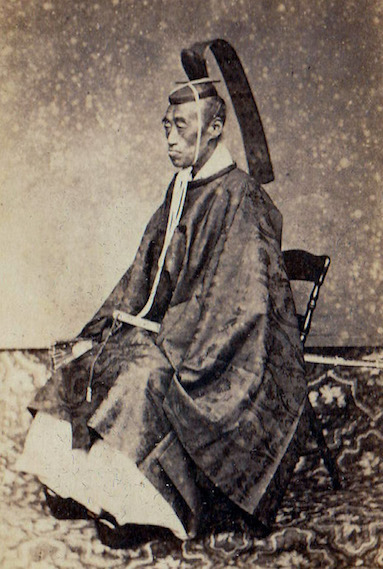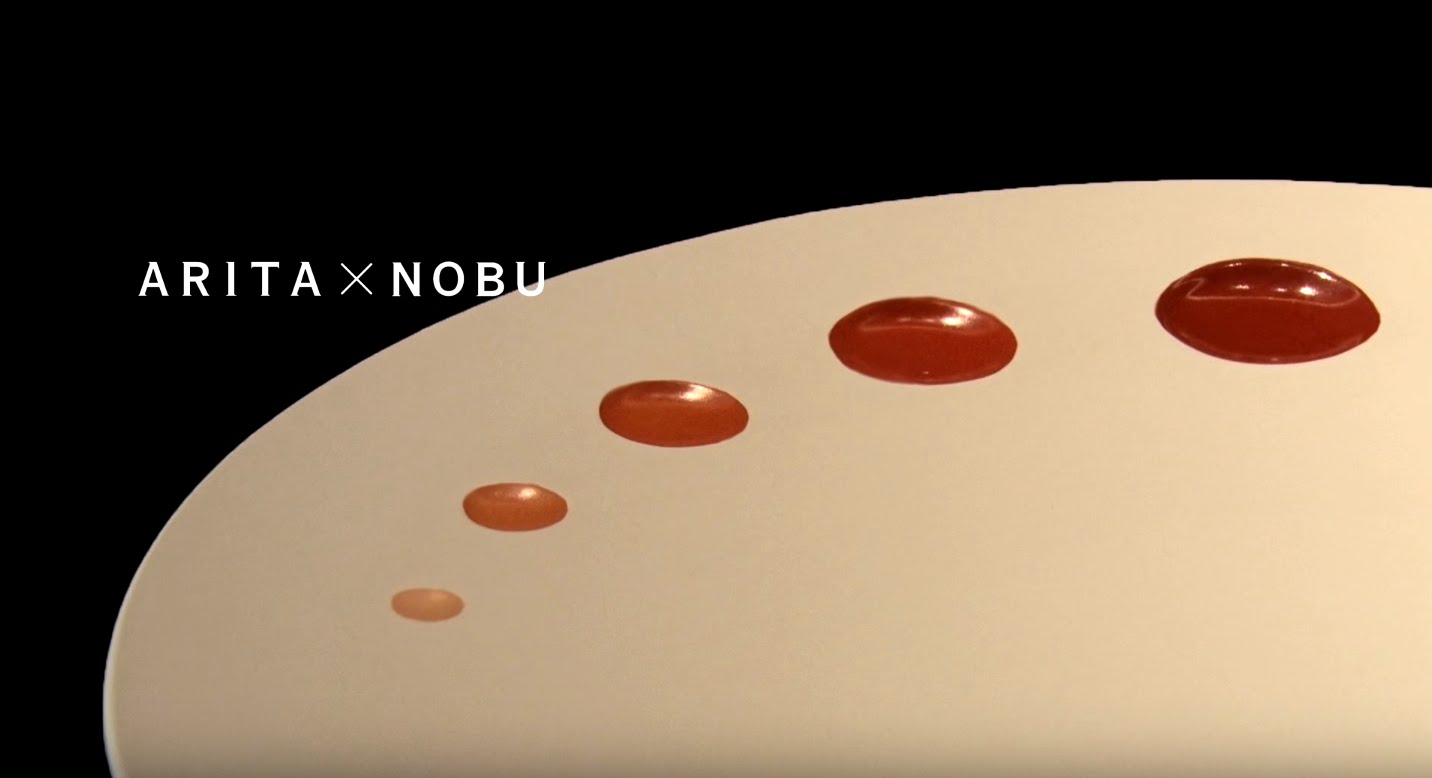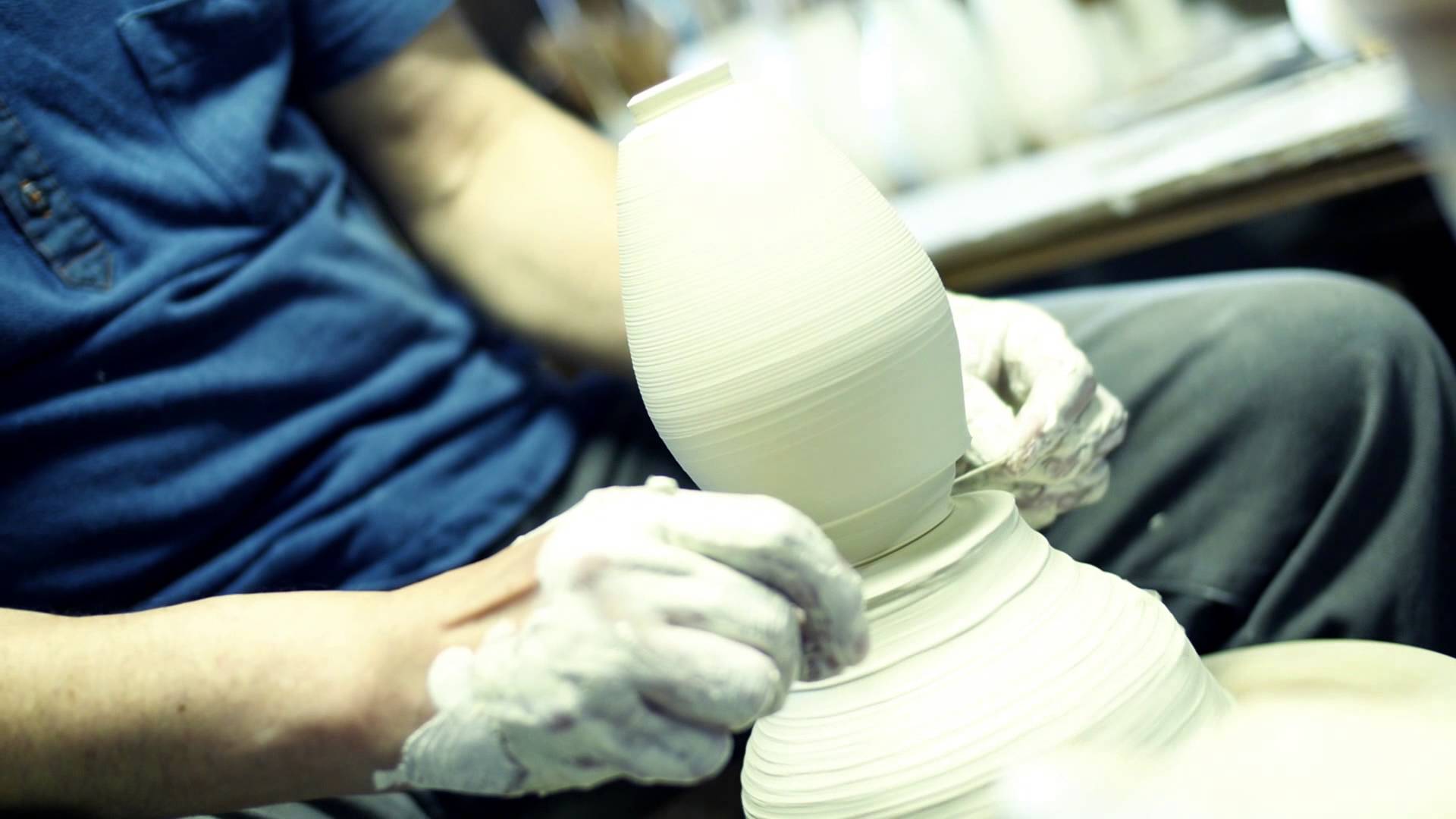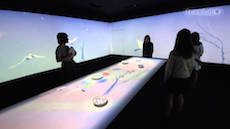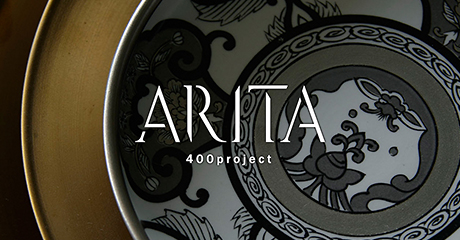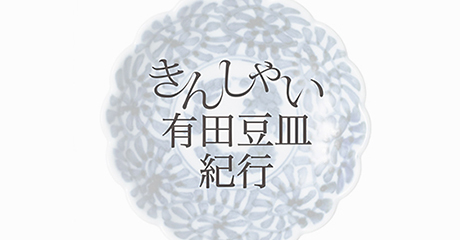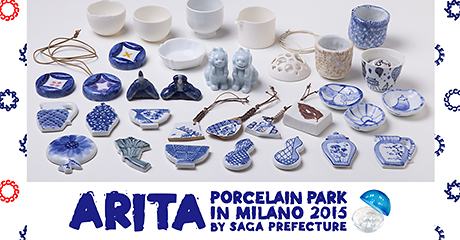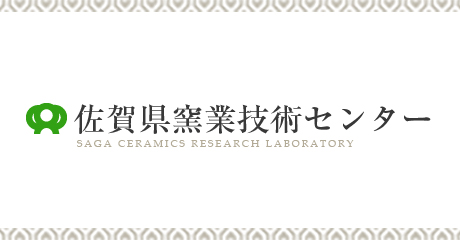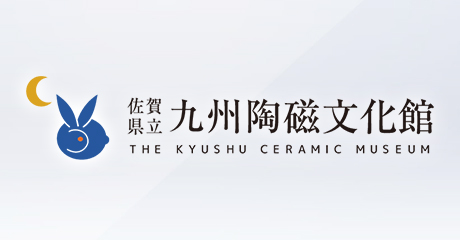1828: Great Bunsei Era Fire, the Tempo Reforms, and resumption of trade with the Netherlands
On August 9, 1828, a typhoon with wind speeds of 30 meters per second hit the Kyushu region blowing off roofing tiles and causing massive damage. In Arita, a bisque firing kiln in Iwatani-Gawachi burnt out of control spreading fire throughout the whole area, killing more than 50 people and reducing Arita-Sarayama to a smoking ruin.
Some 850 houses, about half of the 1,647 destroyed houses in the entire Saga domain, were in Sarayama, and the roofs of most of the climbing kilns were burnt down. Generations of documents and family tree records preserved by the Tsuji family and other old-established families were all reduced to ashes; temple registers as well were lost in the fire, and apart from the local governor’s office in Shirakawa, the once thriving Arita Sengen district vanished without trace. The typhoon damage was not limited to Kyushu, but extended up to the Shikoku, Chugoku, Hokuriku, and Tohoku regions; however, the Saga domain was the most seriously affected and it is recorded that 310,000 rice koku, 90% of the stipend of 360,000 koku, were damaged.
Although the loss of life was relatively low, many of the surviving potters of Arita-Uchiyama with no clothes, little food, and no jobs became refugees; gradually many of them migrated to Sotoyama and Osotoyama, and Hasami and Mikawachi in Nagasaki Prefecture, taking with them their invaluable and incomparable techniques, regarded as the best of the time, and greatly benefitting other porcelain making centers in the Hizen region.*1
Hiroki Nakashima interprets this phenomenon as follows: “The dispersion of potters from the collapsed Uchiyama area motivated the formation of today’s great Hizen porcelain industry sphere.”*2 In the following year, the domain started restoration work of the main enclosure of the Saga Castle damaged by fire; however, Arita-Sarayama was exempted from paying any reconstruction levy, and loans were offered at a low rate of interest to support restoration of the potteries.
The degree of poverty of the Saga domain around that time is amply illustrated by an episode occurring in 1830, two years after the Great Bunsei Era Fire and involving the 10th Lord Naomasa (1815-1871). While riding to his estates for the first time as the new lord of the domain aged 17, Naomasa and his entourage were completely surrounded by creditors eagerly waiting for them at the Shinagawa staging post and were unable to move. Records show that in spite of a sharp decrease in annual revenue due to the typhoon damage and the fire, the domain still bore responsibility for the defense of Nagasaki and had failed to cut back on their frivolous and showy lifestyle; in fact, the Saga domain was teetering on the brink of bankruptcy.
Naomasa was greatly affected by this ignominious hounding by his creditors and immediately upon returning to his estates instituted an austere regime of simplicity and frugality, and set about the financial reconstruction of the domain.
Simple food was the norm with only miso soup and pickles for breakfast, and dried or cooked fish for lunch and evening meal; no silks, only cotton clothes were allowed. Ceremonial occasions were also simplified, and apparently sometimes brides were stripped of their silk kimono by junior superintendent officers out on patrol, even silver ornamental hairpins were confiscated. In this way, the whole domain was subject to an enforced frugality along with reforms encouraging the production of rice and porcelain ware.

Nevertheless, in 1836, a famine caused by nationwide bad weather, seriously hindered the Saga domain tackling the restoration of Sarayama.
Even in such hard circumstances, the domain placed great value on the porcelain industry, and as much as possible, in response to a request by the local governor of Sarayama, supported the financing of the potteries. Despite these efforts, because of a string of natural calamities, local public opinion was angered with unceasing disputes and arguments, and therefore, in 1838, the domain established a teaching and training academy in Sarayama to strengthen regulations. At the same time, Naomasa dispatched a Confucian scholar Kusaba Haisen to the academy to pay special attention to education in Arita-Sarayama.
While the Saga domain was setting out measures to deal with natural disaster, famine and the subsequent restoration of the area and industry, in Nagasaki, a merchant Hisatomi Yojibei was selling Arita porcelain in a tie-up with a lacquerware merchant Asadaya Mohei, and preparing for the launch of direct trading with the Netherlands. Taking the opportunity of a request by the Dutch consul for an appraisal of an Arita porcelain item, Hisatomi was successful in his negotiations, and then obtained permission from the domain for trade with the Netherlands.
It is likely the item was one of those smuggled by the executed Ureshino Jirozaemon, and through this extraordinary twist of fate, Hisatomi Yojibei was able to open a branch in Nagasaki in 1841, a century or so after the deaths of the unfortunate Tomimura and Ureshino.
In addition to the above-mentioned measures to promote the Arita porcelain industry, Lord Naomasa instituted financial reforms to improve agriculture and farmers’ lives. Limited to Nishi-Matsuura County, he reduced farm rents by one third for five years, and gave orders for tenant farmers to put aside the saved rent to purchase land. This daring reform preempting the farmland reform after World War II, demonstrates Naomasa’s go-ahead attitude; however, two Confucian scholars played their parts in significantly influencing this series of reforms: Koga Kokudo (1778-1836) and Shoji Sekikei (1793-1857).
Sekikei’s family business was the selling of paintbrushes and pawnbroking; in his spare time, he educated children in the neighborhood. It is said that people visited him from far away to request him to teach. Sekikei also lost his property in the Great Bunsei Era Fire; however, by clearing new land he revived his life, and in 1831, wrote “A Secret Record of Dialogues about the Economy (20 Volumes).” This work was delivered to Naomasa through a close aide Koga Kokudo, and significantly contributed to the reconstruction of the nearly collapsing finances of the Saga domain.*3
The forward thinking and clear-sighted Lord Naomasa attracting excellent personnel around him, encouraged progress reforming the domain; consequently, Arita-Sarayama was rejuvenated and went on to make further great advances.
- *1 The Arita-Uchiyama area covers the Izumiyama quarry up to the Arita Junior High School, namely, the area around the present JR Kami-Arita Station. Sotoyama covers Shimo-Arita located to the south of Uchiyama, Hiroseyama to the west, and Imari Okawa-Uchiyama and Ichinoseyama to the north. Osotoyama refers to the area located to the east of Uchiyama including Tsutsueyama in Yamauchi Town, and Yuminoyama and Kotajiyama in Nishikawa-Nobori Town, Takeo City, and the area located to the southeast including Yoshidayama and Uchinoyama in Ureshino City. Hasami Town in Nagasaki Prefecture is located to the south of Arita, and Mikawachi is to the southwest. In the aftermath of the Great Bunsei Era Fire, the porcelain production bases broadly spread to the outside of Arita, and thanks to the various restoration measures implemented by Nabeshima Naomasa, the lord of the Saga domain, Arita porcelain made its first steps toward the modern-day Arita porcelain industry.
- *2 Hiroki Nakashima, op. cit.
- *3 Akira Sugitani “Nabeshima Naomasa (Biographies of the Great Men of Saga)” 2011, Saga Prefectural Saga Castle History Museum
